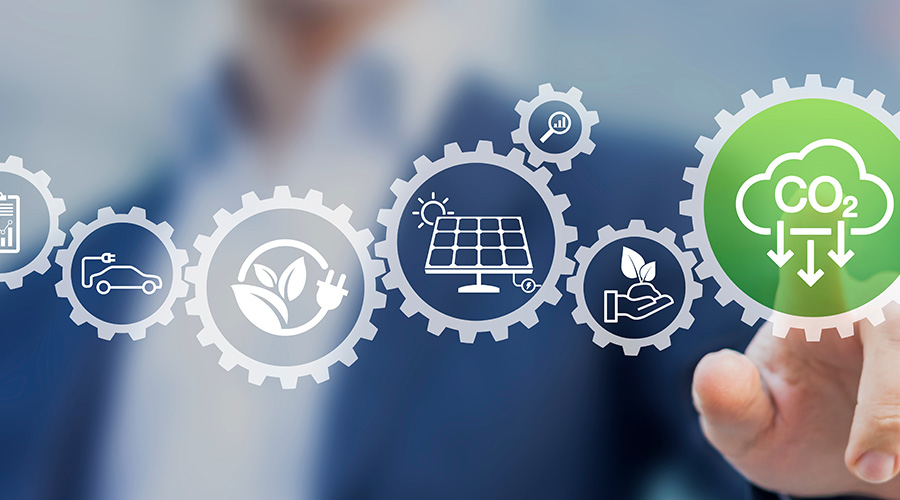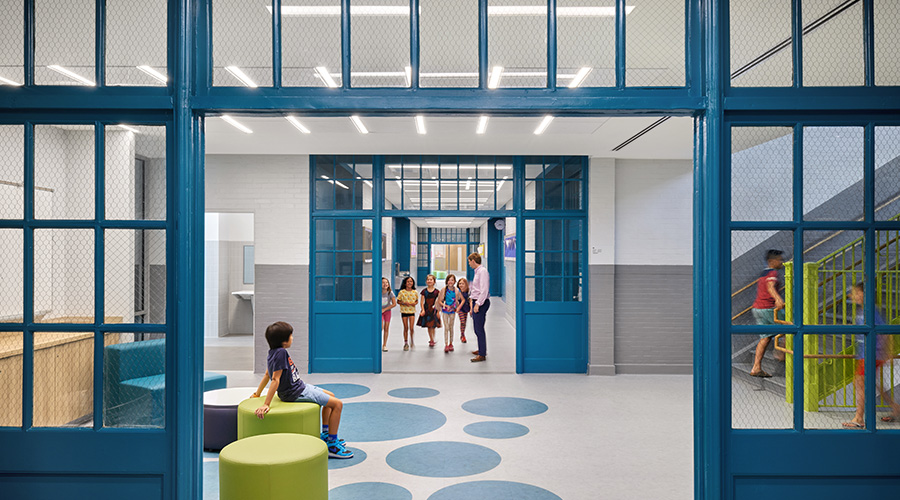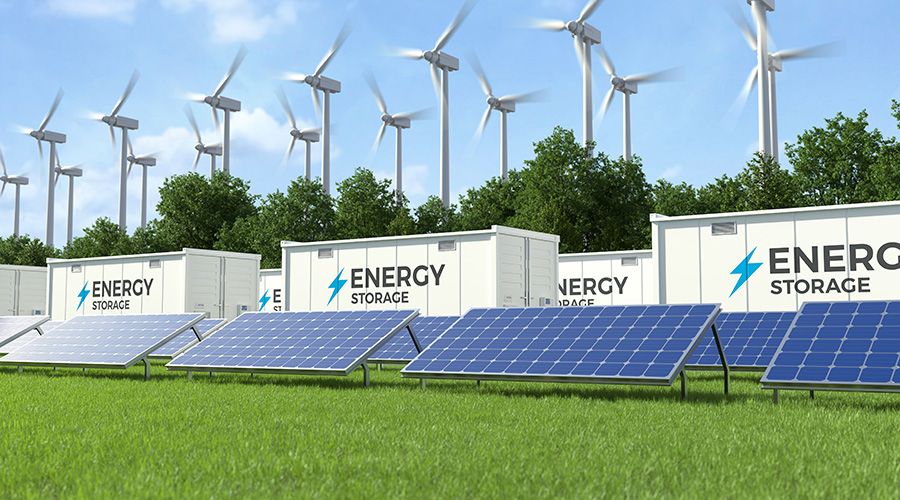Energy Efficiency Programs Could Slash Demand for New Power Plants
Energy efficiency programs in the U.S. could realistically reduce the rate of growth for electricity consumption by 22 percent over the next two decades if key barriers can be addressed, according to an analysis released by the Electric Power Research Institute (EPRI).
Energy efficiency programs in the U.S. could realistically reduce the rate of growth for electricity consumption by 22 percent over the next two decades if key barriers can be addressed, according to an analysis released by the Electric Power Research Institute (EPRI).
The demand for electricity over the next two decades could be reduced from the 1.07 percent annual growth rate projected by the U.S. Energy Information Administration (EIA) in its 2008 Annual Energy Outlook down to 0.83 percent, slowing the rate of increase by approximately 22 percent.
The potential energy savings in 2030 would be 236 billion kilowatt hours, equivalent to the annual electricity consumption of 14 New York Cities, according to ERPI.
The EPRI analysis entitled “Assessment of Achievable Savings Potential From Energy Efficiency and Demand Response in the U.S.” found that under an ideal set of conditions conducive to energy efficiency programs, the consumption growth rate could be further reduced to as low as 0.68 percent annually by 2030. However, achieving the ideal would require costly investments as well as political and regulatory support.
The report defines a realistic achievable figure that includes a forecast of likely customer behavior, taking into account existing market, societal and attitudinal barriers as well as regulatory and program funding barriers. The barriers could reflect customers’ resistance to doing more than the minimum required or a rejection of the attributes of the efficient technology.
A maximum achievable figure assumes a scenario of perfect customer awareness of utility or agency administered programs and effective, fully funded program execution. The maximum achievable number includes the effect of customer rejection of efficiency technologies.
For its baseline assumptions, the EPRI study relied on EIA projections of growth in electricity consumption and peak demand for the residential, commercial and industrial sectors from its 2008 Annual Energy Outlook.
Related Topics:











